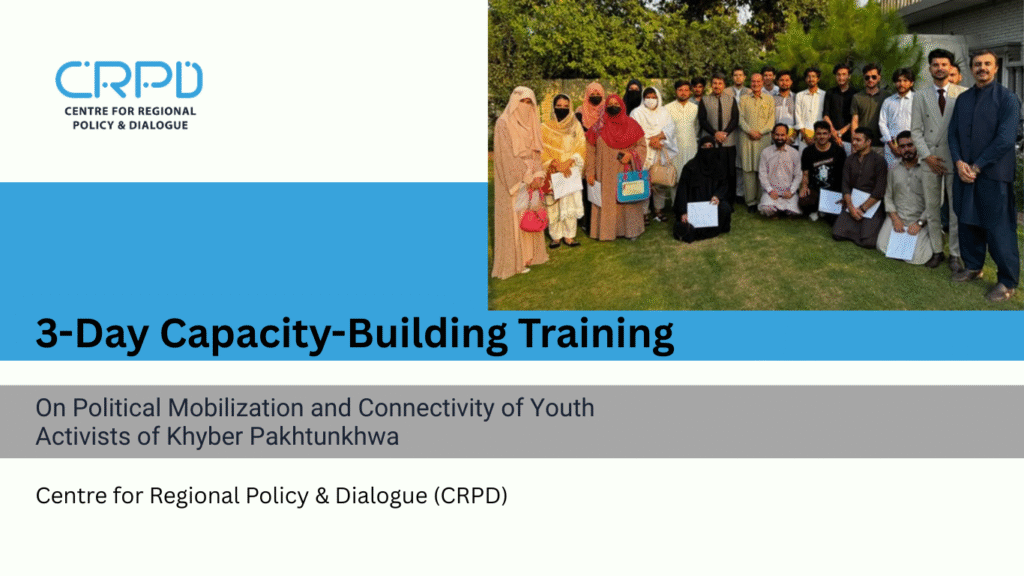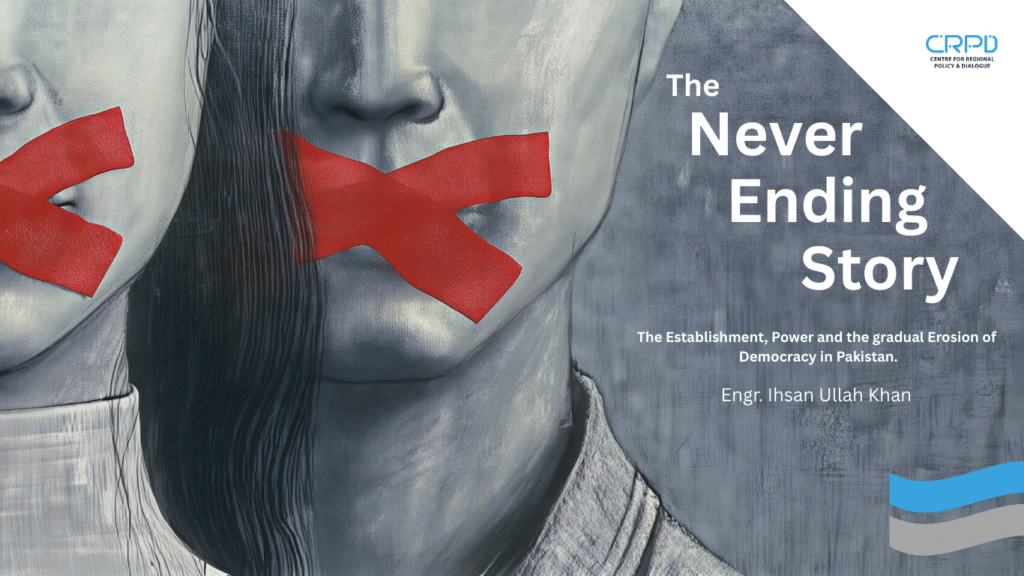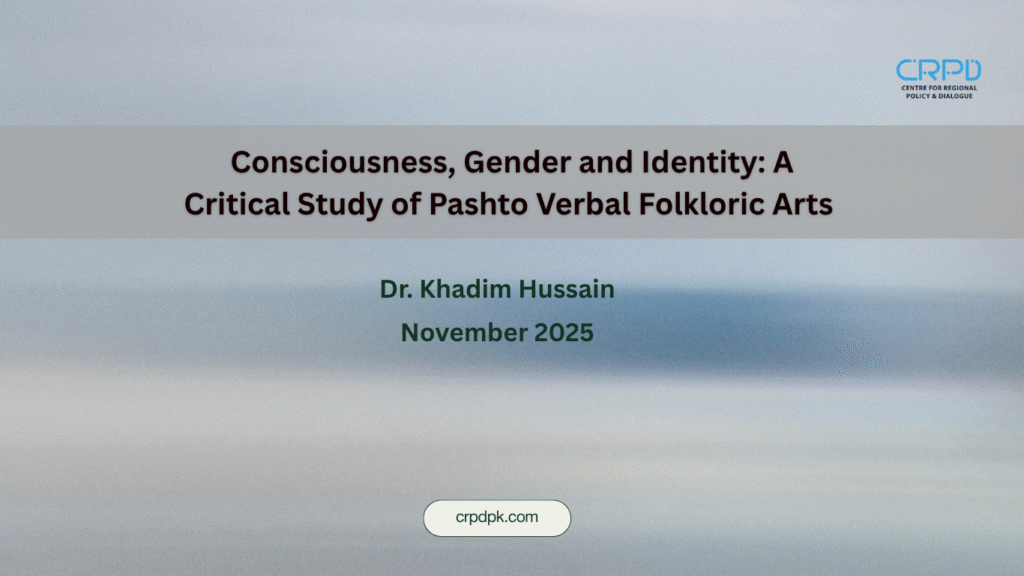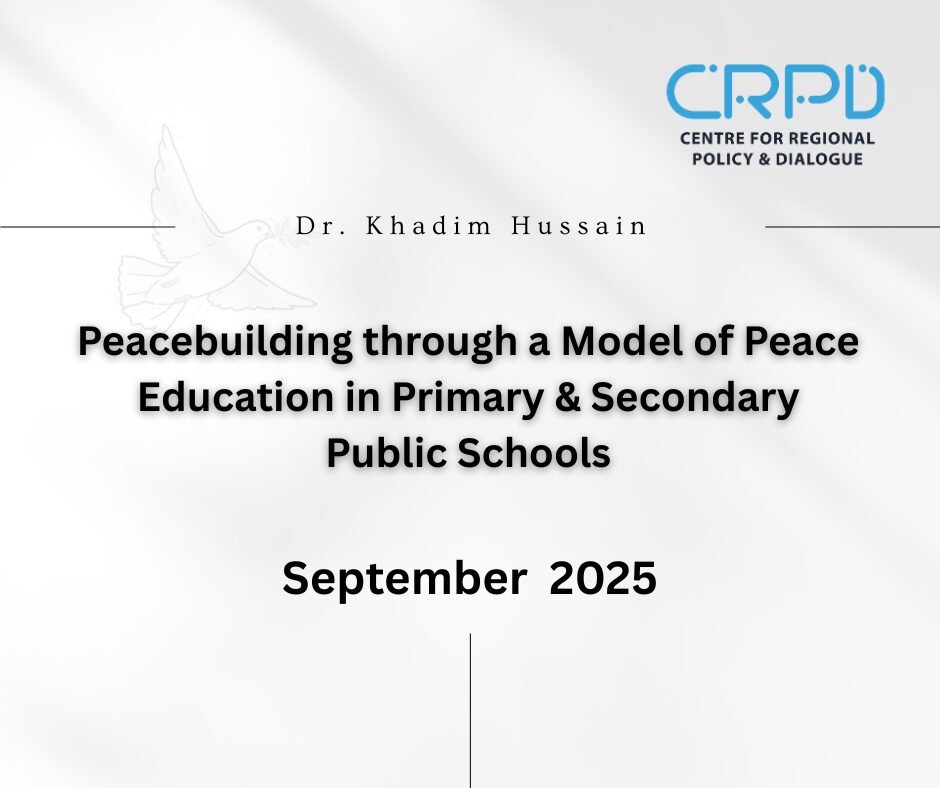Khadim Hussain
May 18, 2025
When Donald Trump declared ceasefire between India and Pakistan on his social media accounts between 10th and 11th May 2025, after it was ratified by the prime ministers of both countries which brought the two nuclear-armed states of India and Pakistan back from the brink of war, both India and Pakistan claimed victory. People of both India and Pakistan took a sigh of relief because the ceasefire averted what could be the deadliest escalation between the two nuclear-armed states in a quarter century. The ceasefire was celebrated by sane minds in South Asia and around the globe except perhaps by those who were extremely indoctrinated and conditioned by controlled mainstream media and social media from both sides. The media have been pouring out xenophobic and jingoistic contents continuously, consistently and systematically since April 22nd when the ghastly terrorist attack in Pahalgam, situated in the Himalayan region of Indian administered Kashmir, cost 26 lives. Many think that it is a matter of great satisfaction that the ceasefire still holds.
The announcement of ceasefire was soothing for many but the fundamental issues and deep-rooted tensions between the two countries continue to simmer. Many experts have expressed their opinion pointing out that “the tragedy is how predictably the guns speak again when nothing changes. After days of escalating clashes that culminated in both sides launching missile and drone strikes on each other’s major military bases – the closest they had come to full-scale war in decades”.
Responsibility of the Pahalgam terrorist attack was taken by a scarcely known armed extremist private militia, Jihad Front, which India claimed had links with Lashkar-i-Tayyaba, allegedly based in Muridke in the Punjab province of Pakistan. Following the terrorist attack in the Pahalgam Valley of the Indian held Kashmir, a Himalayan region, on 22 April 2025, the Indian government almost immediately announced punitive measures without any credible investigation as to the source, logistics and modus operandi of the ghastly attack. The Indian government suspended the Indus Waters Treaty (IWT), a World Bank-brokered transborder treaty for the distribution of water, in the wake of the attack. The Attari border check post was closed; “Pakistanis in India under the South Asian Association for Regional Cooperation (SAARC)’s Visa Exemption Scheme had 48 hours to leave the country, while others could return by May 1; defense personnel at the Pakistani High Commission in India had a week to leave the country and staff at the high commissions would be reduced as well”.
Of all the punitive measures that the Indian government had announced immediately after the Pahalgam attack, suspension of the Indus Water Treaty might have serious and long term consequences for the two nuclear-armed states. The Indus Water Treaty was signed in 1960 after years of negotiation, with the World Bank as broker. This Treaty is one of the most durable transboundary water agreements in the world which has survived wars and several hostilities between the two neighbouring countries. The Indus Water Treaty divided the six rivers of the Indus Basin between the two countries. India received the three eastern rivers (the Ravi, Beas, and Sutlej) while Pakistan received the three western rivers (the Indus, Jhelum, and Chenab) which account for the 80% of the shared basin’s water. According to the agreement, India reserves the right to use the western rivers for non-consumptive purposes like hydropower, and for limited irrigation, but is not allowed to store or divert their flows in ways that harm downstream access. The limitations are deliberately specific and enforceable and include engineering design features and notification procedures. This structure not only provides water to Pakistan but also provides the predictability needed to build an entire irrigation and water management system for irrigation and other consumption purposes.
This is the reason that when the government of Pakistan almost immediately announced retaliatory measures against India, it specifically mentioned that suspension of the Indus Water Treaty would be considered an act of war against Pakistan. While terming the punitive measures by the Indian government as “unilateral, unjust, politically motivated, extremely irresponsible and devoid of legal merit” and while demanding “evidence to back up the Indian government’s claims that Islamabad was involved in the Kashmir attack”, the government of Pakistan announced the “impending closure of the Wagah border with India, but said it would remain open until April 30. All Indian citizens, excluding Sikh pilgrims, were ordered to leave in 48 hours. Pakistan also suspended visas issued to Indians under the SAARC programme, reduced the Indian High Commission staff in Islamabad to 30 and closed its airspace to all Indian aircraft, while all trade activities with India were suspended”.
Those who are familiar with the cycle of conflicts between Pakistan and India might know well that frictions have erupted scores of times before, and that ceasefires, mostly mediated by foreign powers, have been announced several times before but the core issues that cause the conflict remain unresolved and the cycle continues. After the announcement of ceasefire, Guardian quoted one Lal Din, a resident of Poonch “the worst-affected area along India’s border in Kashmir, where hundreds of houses were destroyed and dozens killed in the cross-border fire”. Lal Din says “Kashmiris have seen this same situation – “temporary ceasefires brokered by global powers” – many times before. “The core issue remains unresolved – soldiers still face each other with weapons and tanks,” he said. “Today it was one dispute, tomorrow it will be another, and the guns will roar again, trapping civilians like me in the crossfire. We’re just numbers in this clash of nuclear powers. I beg both sides: resolve your differences, live in peace, and let us live”.
An overwhelmingly large part of the discussions and analyses in regional and international media after the ceasefire revolved around the relative strength and effectivity of arms and weapons during the strikes and counter strikes between India and Pakistan from May 7 till the night of May 10. A considerable chunk of the narrative was even constructed around the plausibility and implausibility of the perceived “nuclear deterrence”. Debate and discussion on the much-needed regional conflict-resolution was largely absent in this cacophony of voices. The essential question of what to follow after the ceasefire was more or less swept under the rug. Establishments, political leadership and policy makers of both India and Pakistan usually ignore the very people whose land, Kashmir, has remained bone of contention between India and Pakistan. The people of Kashmir continue to live under the shadow of war.
Two parallel and simultaneous strategies may be adopted to make the ceasefire a permanent feature this time if the entrenched vested interests who benefit from the conflict are overcome. The first strategy includes relaxed visa regime, restoring bilateral trade, organising cultural exchange programmes and exchange programmes for university students, teachers and researchers belonging to both India and Pakistan. This will create favourable environment in both the countries for those who wish to talk peace. This may also underscore significance of the shared history, culture and economy of both the countries and of larger South Asian region. Efforts have to be made to overcome the hurdles posed by the entrenched vested interests of certain forces which create impediments in the path of talking peace.
The second strategy is to problematise all the outstanding issues which have remained unresolved over the past more than seven decades. Several bilateral and multilateral frameworks have been formulated in the past to make progress in peace negotiations. Agreement may be evolved on any of the previous frameworks or some innovative approach may be adopted for negotiations to find permanent resolution of the outstanding issues.
The major dispute, the Kashmir issue, may be taken up for negotiations on the basis of the mutually evolved framework. The Kashmir issue has been enveloped in several layers of political, economic and geostrategic complications over the years but the thread to decipher the complications may be picked up from the consideration of the central focus based on the collective aspirations of the people of Kashmir. Whether palatable or unpalatable for any party, the right of Kashmiris to self-determination is undeniable and the issue may only be resolved when the people of Kashmir are considered as the central focus of the issue.
While listing the numerous and the ever-increasing number of disputes between India and Pakistan, one fact inevitably comes to the fore. Whenever a real possibility of reproachment arises on the horizon between the two nuclear-armed states of South Asia, violence of horrific levels takes it away. The 1999 Lahore Declaration, signed by the Prime Ministers of India and Pakistan, was erased by the Kargil War months later. The Trade and Travels deals in the early 2000s was decimated by a deadly terrorist attack, allegedly by Jaish-e-Mohammed, on the Indian parliament which was even condemned by the UK parliament on 13 December 2001 proclaiming it an attack on the sovereignty of the peoples around the globe.
Overtures of peace after 2001 were blown apart by the Mumbai terrorist attacks, allegedly by Lashkar-e-Taiba, in 2008. The prime ministers of India and Pakistan came closer to a handshake in 2015 which was derailed by a terror attack, claimed by United Jihad Council, on the Indian Air Base in Pathankot in 2016. As soon the dust of Pathankot settled and some efforts towards peace talks were initiated, a suicide bomber, allegedly belonging to Jaish-e-Mohammed, rammed his vehicle into a bus carrying Indian forces and killed some 40 Indian troops in Pulwama. Several analysts believe that the 2025 terror attack in Pahalgam was a kind of déjà vu after some sort of soft messages circulated between the two countries.
Conversely, Pakistan blames India for sponsoring insurgency in Balochistan and religious extremist violence in Khyber Pakhtunkhwa.
To break the vicious circle of the blame game regarding transborder terrorism, it is essential that all states of the region agree to bring an end to the regime of armed private militias. Countries of South Asia would do a favour to the one and a half billion people living in the South Asian region to negotiate disputes on the table instead of harbouring, sponsoring and supporting armed private militias.
Another emerging major dispute is the issue of water and transborder rivers. The Indus Water Treaty, if supported by large sections of the Kashmiri populations, provides an effective mechanism for resolving the major issue of the transborder distribution of water. The Indian government would do a favour to the coming generations of South Asia to abandon its obstinacy and revisit its suspension of the Indus Water Treaty.
Instead of taking pains to find a way to resolve the longstanding issues of Kashmir, transborder terrorism and water distribution, the establishments of the two countries have so far found it convenient to engage in cut throat arms race. The CIA director, James Woolsey, told the American Congress in 1993 that “the arms race between India and Pakistan poses perhaps the most probable prospect for future use of weapons of mass destruction, including nuclear weapons”. Guardian editorial of May 11 adds “it is a uniquely modern arms race: high on nationalist fervour and habitual mistrust, choreographed so that each clash is always just one provocation away from becoming the last”. This “uniquely modern arms race” has put not only the lives of one and a half million people in danger, rather on the verge of extinction, but has also deprived them of human security, social service delivery, employment, technological productivity, scientific innovation, and prosperity.
As per the United Nations Development Programme (UNDP)’s recent report, Pakistan has scored the lowest among the 26 states on its Human Development Index. As for the quality of life is concerned, Pakistan has ranked at a measly 168th out of 193 countries, as reported by the recent UNDP report. Pakistan is the only country in South Asia, apart from Afghanistan that is listed in the ‘low human development’ category. The rest of the 24 countries are in Sub-Saharan Africa.
After combining national income accounts, wealth aggregates, tax tabulations, billionaire rankings, rich lists, and surveys on income, consumption, and wealth in a consistent framework to present long-run homogeneous income and wealth inequality series going back till 1922 for incomes and 1961 for wealth, Indian economists and experts, Nitin Kumar Bharti, Lucas Chancel, Thomas Piketty and Anmol Somanchi in their intensively comprehensive study published in 2024 as a World Inequality Lab Working Paper under the title of ‘Income and Wealth Inequality in India, 1922-2023: the Rise of the Billionaire Raj’, have reached startling conclusions on the index of inequalities behind the thin veneer of the Indian economic growth mantra.
In their eye-opening study, Bharati, Chancel, Picketty and Somanchi conclude that by 2022-23, top 1% income and wealth shares are at their highest historical levels at 22.6% and 40.1% respectively and India’s top 1% income share is among the very highest in the world, higher than even South Africa, Brazil and US. As per their benchmark estimates, the Billionaire Raj headed by India’s modern bourgeoisie is now more unequal than the British Raj headed by the colonialist forces. They argue that “one reason to be concerned with such high levels of inequality is that extreme concentration of incomes and wealth is likely to facilitate disproportionate influence on society and government. This is even more so in contexts with weak democratic institutions. After largely being a role model among post-colonial nations in this regard, the integrity of various key institutions in India appears to have been compromised in recent years. This makes the possibility of India’s slide towards plutocracy even more real. If only for this reason, income and wealth inequality in India must be closely tracked and challenged”.
Isn’t the time still not ripe that bilateral peace diplomacy explores innovative strategies to save one and half billion people from wars, hunger, starvation, disasters, diseases, famines, inequality and unemployment? Couldn’t the regional peace initiatives like SAARC, Shanghai Cooperation Organisation (SCO), Organisation of Islamic Countries (OIC) and Association of Southeast Asian Nations (ASEAN) take lead in pushing the two nuclear-armed rivals to sit at the negotiating table? Couldn’t United Nations (UN) bodies facilitate the two rivals indirectly to come to terms with real issues faced by the people of the two countries?
In this vein, will the civil society organisations, political parties, human rights activists, peace activists, think-tanks, institutes of higher learning, practitioners of arts and culture, trade unions and business bodies continue to remain silent spectators in the fatal and insane collision between the militaries of the two countries? Can’t civil society activists create spaces for cultural, educational, political and geostrategic engagement between people and governments of the two countries? Perhaps the sagacity of Indian subcontinental civilisational wisdom, wisdom of political leaders, acumen of policy makers, intelligence of diplomats, civil society, researchers, and peace and human rights activists will be tested as to how they find out innovative mechanism for resolving all outstanding disputes between India and Pakistan and usher an era of peace and prosperity in South Asia. History will bear witness to the fact.
(The writer is analyst, author and researcher based in Islamabad. He can be reached at khadimhussainpajwak@gmail.com )
